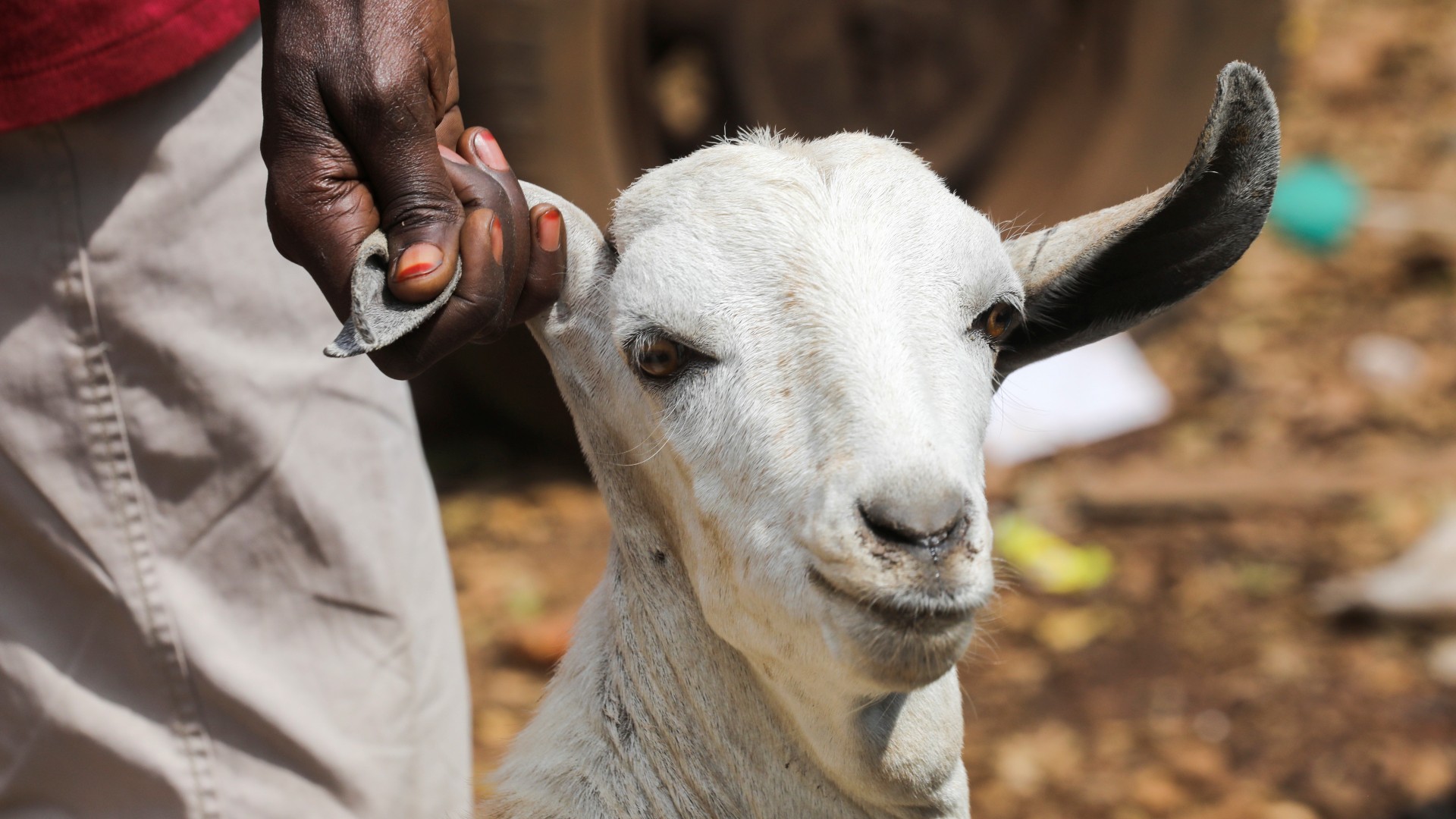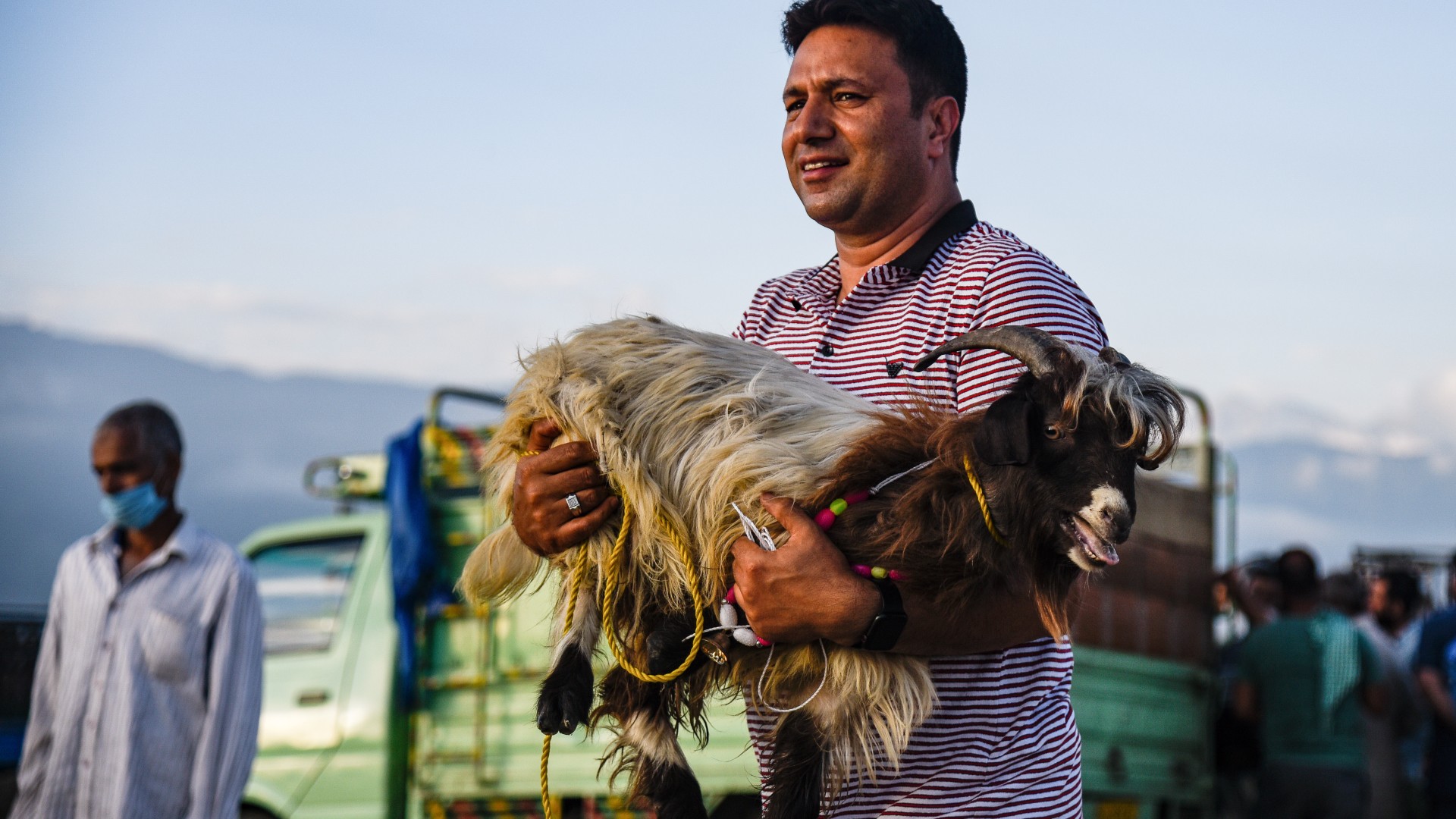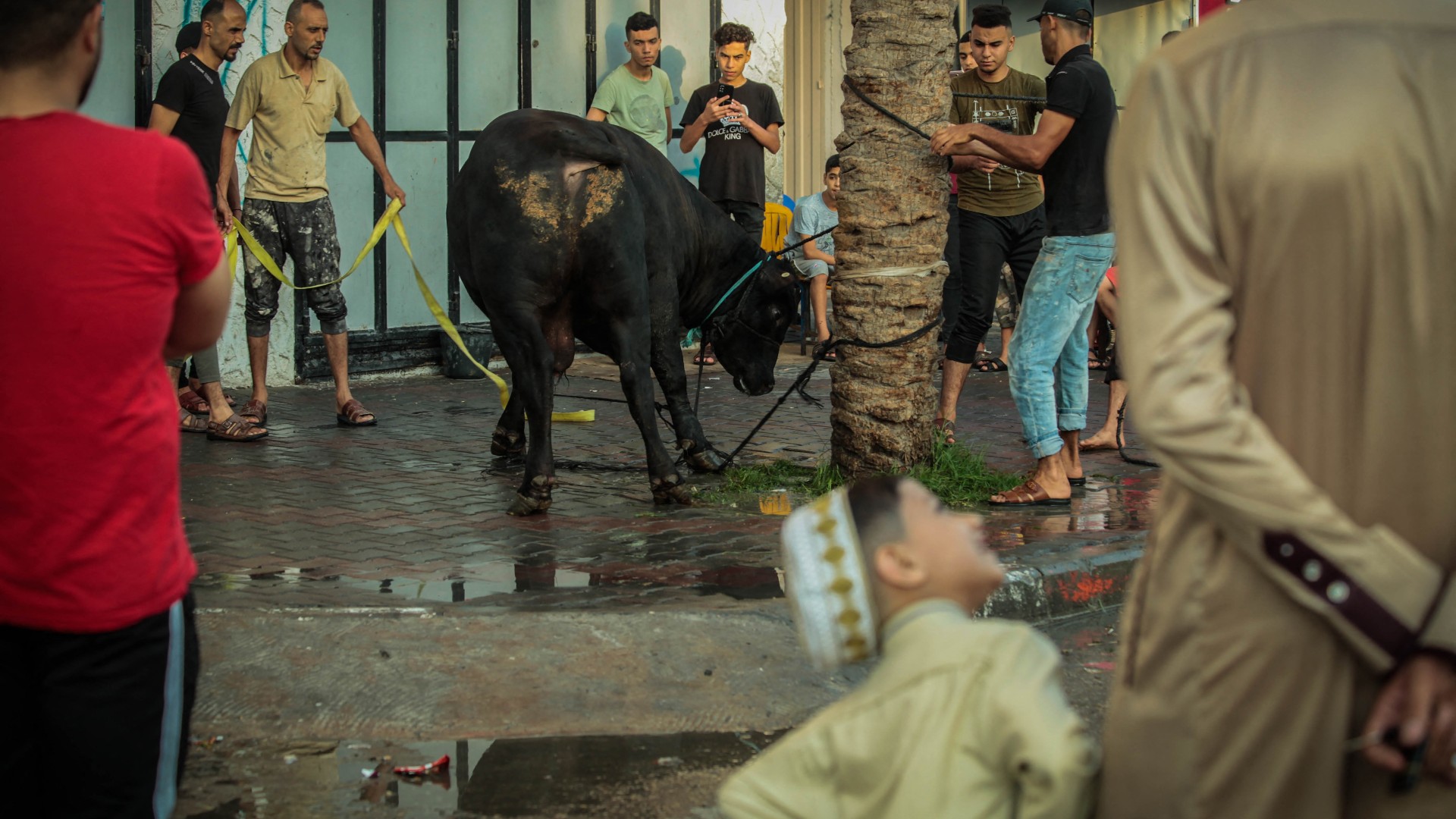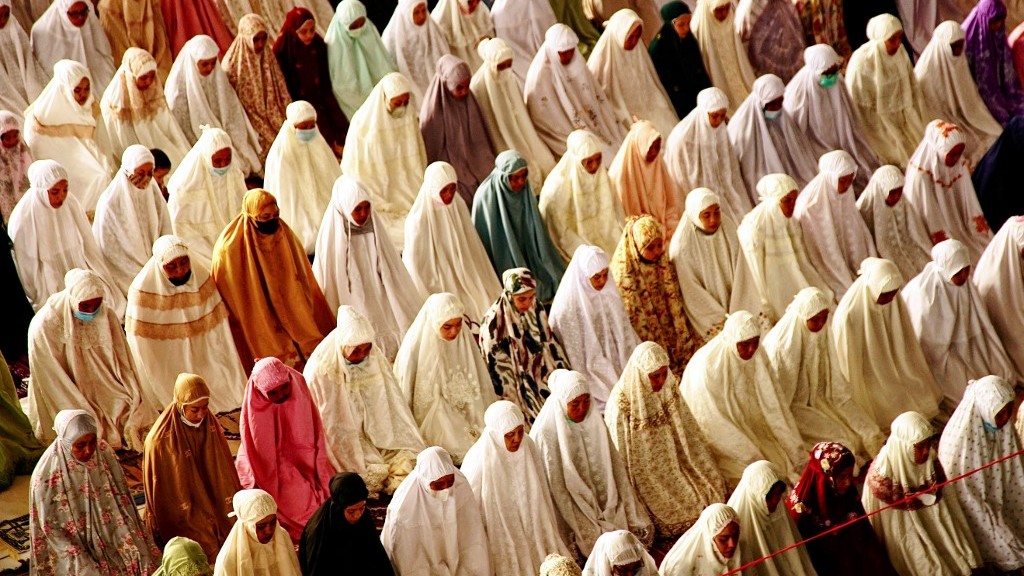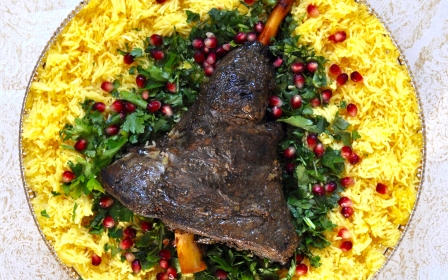Eid al-Adha 2023: What is Qurbani? Why Muslims sacrifice livestock, explained
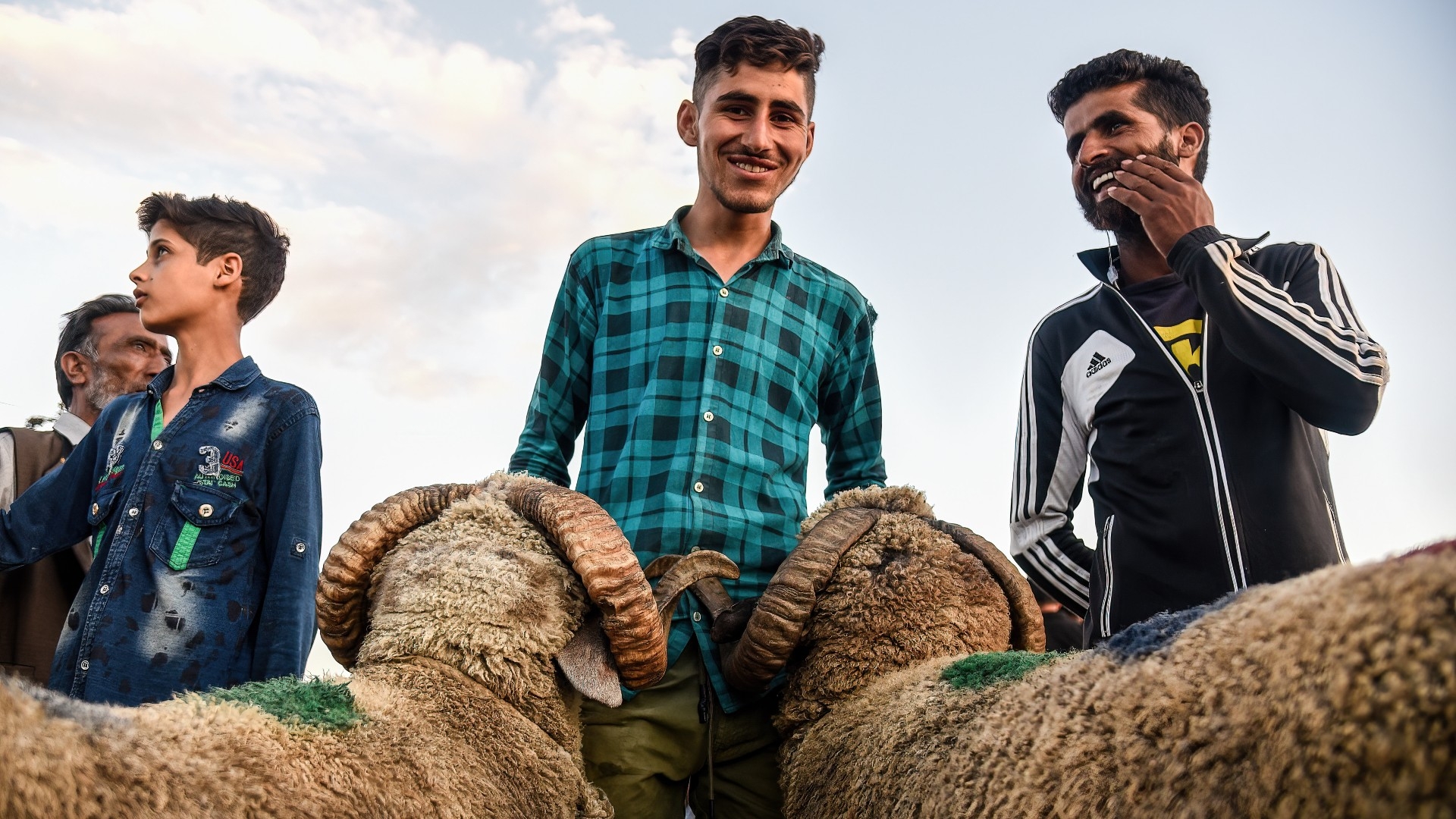
For Muslims around the world Eid al Adha, Arabic for 'festival of scarifice' takes place as the Hajj pilgrimage concludes.
During this time, Muslims will arrange for the sacrifice of an animal to mark the celebration, which commemorates a significant quranic story.
Qurbani, also referred to as Udhiyya in Arabic, means sacrifice and is an important rite in the Islamic religion.
It is a tradition packed with symbolism and mandatory for every believer who can afford to do so.
While many critics of the religion have condemned the practice, for Muslims the act represents an absolute commitment to God and also an opportunity for charity, as a significant portion of the meat from slaughtered animals is designated for distribution among the poor.
Stay informed with MEE's newsletters
Sign up to get the latest alerts, insights and analysis, starting with Turkey Unpacked
Here, Middle East Eye answers key questions about the tradition.
Why do Muslims sacrifice livestock?
The sacrifice of livestock, including sheep, goats and cows, during Eid al-Adha commemorates a story mentioned in the Quran, in which the Prophet Ibrahim (Abraham in the biblical tradition) was commanded by God to sacrifice his son Ismail.
For Muslims, the commandment was an ultimate test of faith and of obedience to God, which ended with the angel Gabriel replacing Ismail with a ram at the last moment.
The story is commemorated by Muslims in the form of the Qurbani, which is obligatory for every Muslim who can afford to do it.
Muslims believe that the tradition is a "sunnah" practice, which means it was first initiated by the Prophet Muhammed himself.
In Islam, there are specific guidelines on the practice of sacrificing animals, ensuring that it is done in an ethical and controlled manner.
The rules cover the species of the animal, the quality of its life and how it is killed, ensuring that it does not suffer for a long period of time and is done in accordance with halal regulations.
According to most Islamic schools of thought, the act of qurbani is compulsory, whereas for others, it is strongly recommended, though not mandatory. Regardless, for all Muslims, the act carries with it great spiritual significance and is considered a blessing.
What does Qurbani mean?
The word qurbani derives from the Arabic word "qurban", which has its roots in the word "qurb", meaning "closeness".
Muslims therefore believe that the act of sacrifice is something that helps them grow closer to God and strengthens their faith.
The Prophet Ibrahim's commitment to his task also represents the idea of absolute submission to God's will; a theme that reoccurs throughout the Quran.
In Islamic tradition, the act of submission is not just about adhering to a specific rule but about entrusting a person's fate to God.
There are a number of different variations of the word qurbani used around the world, including the widely used "udhiyaa", which literally translates to "sacrifice".
All Muslims who are eligible to pay zakat - obligatory giving ( literally "purification") - also have to pay for qurbani. However some Islamic schools of thought allow one person in a household to make the payment on behalf of the other members of the family.
When does the sacrifice happen?
Muslims will carry out the sacrifice of livestock during Eid al-Adha, one of the two Islamic festivals, or "Eid", which occur every year.
Eid al-Adha takes place between the 10th and 12th of the Islamic month of Dhul Hijjah, which is the last month of the lunar calendar.
The sacrifice of animals and Eid al-Adha coincides with the end of the Hajj pilgrimage, which is one of the five pillars of Islam and obligatory on Muslims to perform if they are financially and physically able to do so.
Eid al-Adha marks the completion of the Hajj pilgrimage and is a time of celebration for Muslims.
In 2022, Eid al-Adha is expected to start on 9 July, subject to the sighting of the moon, and qurbani is usually completed within three days of the start of the celebration.
If the sacrifice of an animal is done before Eid al-Adha, it is considered to be charity, rather than the obligatory act of qurbani.
For those who have missed the qurbani, they can make it up the following year by sacrificing another animal, or by offering the value of one sheep or goat and giving it to the poor.
What happens during qurbani?
Typically, the sacrifice of the animal is done before the early morning congregational Eid al-Adha prayer.
Across the world, slaughterhouses prepare for the event, and prepare the different cuts of meat ready to be distributed.
According to Islamic tradition, the sacrifice must be done in a manner that causes least harm or distress to the animal as possible. This is why animals are not slaughtered in front of each other, dull knives can not be used and the name of God must be mentioned.
Many Muslims, particularly in the West, cannot attend sacrifices themselves and often pay a charity or a relative living in a Muslim country to sacrifice an animal on their behalf.
This means that they don't have access to the meat from the slaughtered animal themselves but it is instead distributed to people who are in need.
What is done with the sacrificed animal?
Muslims are obligated to divide the sacred animal into three parts to be distributed. One portion is to be shared amongst the person’s family, the other is for relatives and friends, and the third is to be given to the disadvantaged.
The dividing and distributing of the meat is an integral part of qurbani, and teaches Muslims the importance of their duty and service to others and the wider Muslim community.
As mentioned above, some Muslims may choose to donate their entire portion of meat to the disadvantaged, with many arranging for this to be done in developing countries or where there is significant food insecurity.
There are certain requirements, which should be met when it comes to sacrificing livestock. The animals must be healthy and free of disease; they must not be excessively thin, blind, or too weak to support their own weight.
Sheep and goats should be at least one year in age when sacrificed, while cows should be at least two and camels should be at least five.
How do people mark Eid al-Adha and what are some traditions?
On Eid, people will typically don newly purchased clothes for the occasion or the best clothes they own.
Friends and family usually gather soon after prayer to meet one another and celebrate together. Some families will exchange gifts and eat their meal together.
Some may choose to spend the holiday visiting the sick, giving to charity and paying their respects to those that have passed.
Since Eid al-Adha is associated with sacrifice, typically the meals enjoyed on the occasion centre around meat dishes. This can be anything from stews to roasts and barbecues.
One quintessential dish typically eaten in the Middle East on Eid al-Adha is fattah - it consists of a bed of white rice, topped with pieces of lamb and toasted pitta chips, and drenched with a tangy garlic and tomato sauce.
In Oman, lamb shuwa is popular; slow-cooked lamb is marinated for hours then placed on top of a large platter of flavourful rice where it is picked at by diners.
No Eid is complete without sweet treats, which are enjoyed by adults and children alike: staples include fragrant orange and coconut semolina; and qatayif, pancake-like pillows of batter stuffed with sweet cheese and nuts.
Others include asabe Zainab (Zainab's fingers), a deep-fried pastry from Oman which is soaked in syrup, and kunafa, one of the hallmark sweets of the Middle East.
This article is available in French on Middle East Eye French edition.
Middle East Eye delivers independent and unrivalled coverage and analysis of the Middle East, North Africa and beyond. To learn more about republishing this content and the associated fees, please fill out this form. More about MEE can be found here.


